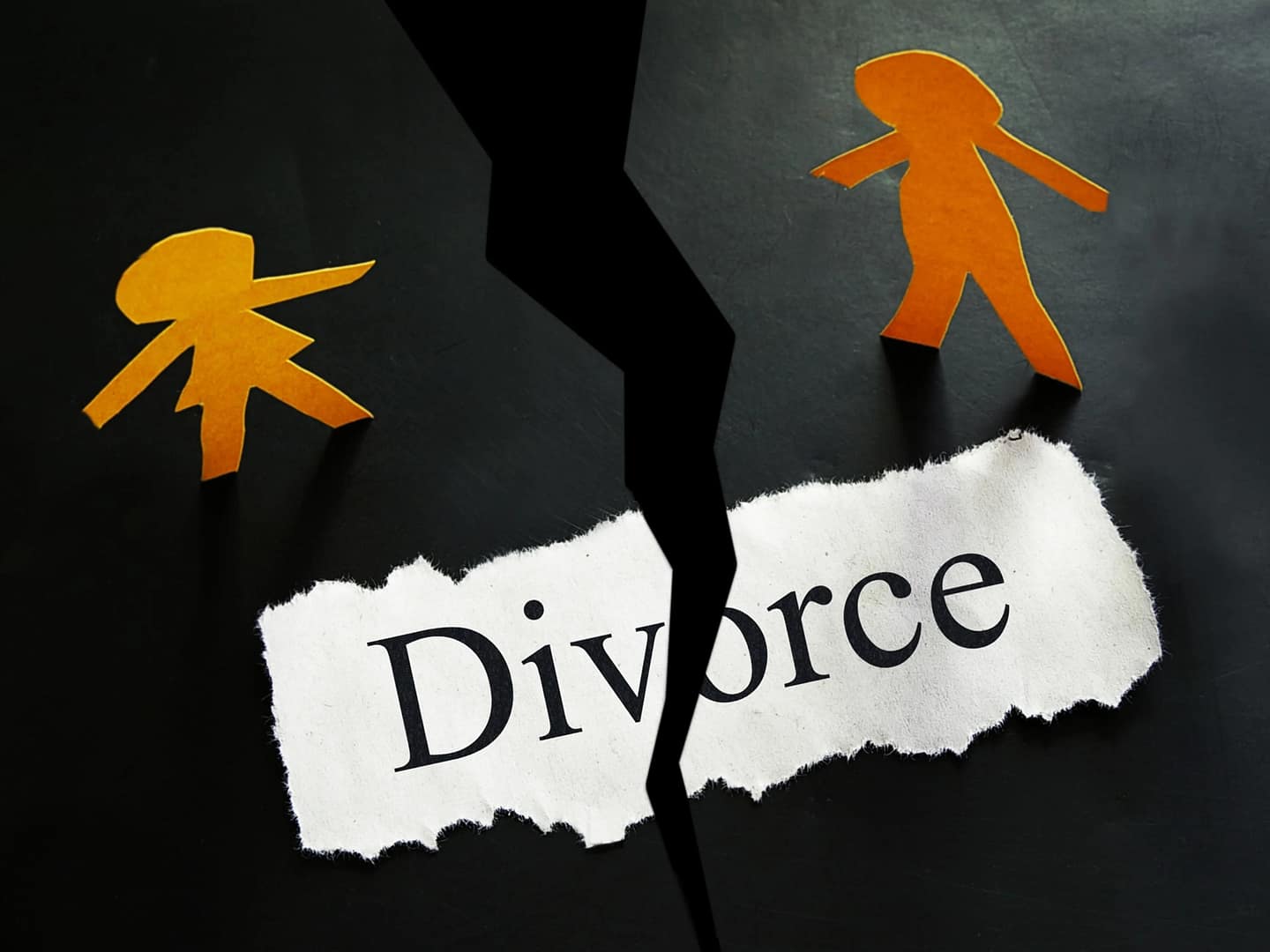Going through a breakup is one of the most emotionally draining experiences a person can endure. Whether the relationship was short-lived or long-term, the aftermath often feels like a storm of grief, confusion, and heartbreak.
It's normal to feel overwhelmed, lost, or even numb in the early days. But the truth is that healing is not only possible, it's powerful. What you do after a breakup determines how you recover, rebuild, and rise stronger than before.
This guide will walk you through ten complete steps designed to support your emotional recovery. We'll help you navigate the painful moments, process your emotions, rebuild your self-worth, and ultimately rediscover the joy of life—on your own terms.
Each step is grounded in emotional wellness, psychology-backed techniques, and self-care strategies.
If you’re wondering what to do after a breakup to stop the pain, start healing, and find clarity, you're in the right place. Read on for actionable tips to transform heartbreak into personal growth. Your healing journey begins here.
Step 1: Allow Yourself to Feel the Pain Without Judgment
Breakups hurt. And pretending you're fine only delays the healing process. The first thing you need to do after a breakup is to give yourself permission to feel.
Whether you're angry, heartbroken, relieved, or confused—it’s all valid. Don’t suppress or shame your emotions.
Allow yourself time and space to cry, journal, talk to friends, or spend a quiet day reflecting. This is not weakness—it's emotional intelligence in action.
Suppressing your feelings can lead to prolonged sadness or emotional outbursts later. Let yourself grieve.
Write down your thoughts every day for at least a week. This helps you understand your emotional triggers and gain clarity over time. Remember, healing starts with honesty—especially with yourself.
Step 2: Establish a Healing Daily Routine

After a breakup, your body and mind crave stability. Creating a healing-focused routine gives your day structure and purpose. Start with the basics: regular sleep, three balanced meals a day, hydration, and light physical activity.
A structured routine helps shift your focus from the pain to progress. Wake up at a consistent time, plan your day with mini goals (like stretching, walking, journaling), and end with a screen-free wind-down.
Physical movement is powerful. Even a 20-minute walk daily boosts mood by increasing serotonin. Include small self-care rituals like skincare, grooming, or making your bed. These build confidence and remind you that you’re worth showing up for every day.
Step 3: Implement No-Contact Rules & Set Boundaries
One of the most important things to do after a breakup is to distance yourself from your ex. This helps you gain emotional clarity and avoid reliving emotional pain. A no-contact rule includes avoiding texts, calls, social media stalking, or accidental run-ins.
Unfollow, mute, or block if necessary. Out of sight helps with out of mind. This isn’t about being cruel—it’s about protecting your peace. Let mutual friends know that you need space and ask for their understanding.
If you have shared commitments (pets, kids, business), establish limited communication boundaries and stick to neutral, scheduled conversations. Boundaries are a form of self-respect and an essential tool for emotional survival.
Step 4: Focus on Self-Care and Personal Growth
Breakups can make you feel like you've lost a part of yourself. That’s why it's crucial to pour into yourself. Make a list of things you've always wanted to try or resume—traveling solo, cooking classes, art, or a new language.
Investing in yourself gives you control over your story. Combine physical health (fitness, eating well) with mental health practices (mindfulness, therapy, journaling). Download a wellness app, track your progress, and set achievable personal goals.
This is your time to shine. Breakup recovery isn’t just about forgetting someone—it’s about becoming someone you’re proud of.
Step 5: Rebuild Your Identity and Independence

Reclaiming your individuality is vital. Often, we merge our identity with our partner’s, especially in long-term relationships. After a breakup, focus on what makes you unique.
What were your passions before the relationship? What do you value most? Rediscover forgotten hobbies and reconnect with friends or family. This reaffirms your independence and builds emotional resilience.
Create new routines that don’t involve your ex. Set fresh goals—financial, personal, or career-related. The more you shift focus inward, the faster you’ll feel empowered again.
Step 6: Learn from the Relationship
Every relationship—successful or not—has lessons. Reflecting on what went wrong (and what went right) helps you avoid repeating patterns in future relationships.
Ask yourself: What did I learn about my needs? My triggers? My boundaries? This isn’t about blaming yourself or your ex—it’s about growth. Journaling, therapy, or even discussing with a mentor can reveal powerful insights.
Once you understand your past patterns, you can move forward with clarity, intention, and healthier relationship habits.
Step 7: Avoid Common Breakup Mistakes
Healing after a breakup also means avoiding emotional traps. Jumping into a rebound relationship, stalking your ex online, or using alcohol to numb the pain are mistakes that only deepen emotional wounds.
Avoid isolating yourself completely. While solitude can be healing, excessive withdrawal leads to loneliness and rumination. Instead, engage in social activities with people who uplift you.
Treat yourself with compassion. Progress isn’t linear—some days will feel harder. That’s normal. Stay committed to your healing and avoid shortcuts that compromise your emotional growth.
Step 8: Seek Professional Support When Needed
If you're struggling to manage anxiety, depression, or intrusive thoughts, it's time to get help. There's strength in reaching out.
Therapists can help you process deep-rooted emotions, reframe limiting beliefs, and build healthier coping mechanisms. Consider therapy formats like:
- Cognitive Behavioral Therapy (CBT)
- Group therapy
- Online counseling platforms
You don’t have to face this journey alone. The support of a professional can accelerate your healing process and help you grow emotionally.
Step 9: Build a Strong Support System
A solid support system is crucial. Lean on your friends, family, support groups, or even online communities. Surround yourself with people who listen without judgment and remind you of your worth.
Join a breakup recovery group or attend local wellness meetups. Use social platforms mindfully—follow pages that uplift you and offer breakup recovery advice.
Here’s a resource to start rebuilding your relationship life: Save Your Marriage
Step 10: Embrace Your Future and Stay Open to New Love
Your past doesn’t define you. With every ending comes a new beginning. Take this time to rediscover your dreams, set bold goals, and design a future rooted in purpose and fulfillment.
Don’t rush into a new relationship. Heal first. Focus on becoming the best version of yourself. When love does find you again, you’ll be ready to meet it with wisdom, self-worth, and clarity.
Believe this: you are not broken. You are becoming.
You Can Heal and Thrive
Breakups are painful, but they also open the door to powerful transformation. What you do after a breakup matters—and you’ve already taken the first step by seeking support and reading this guide.
Remember: healing is not linear. There will be highs and lows, but each day brings you closer to a healthier, happier you. Trust the process, lean on your support system, and prioritize your growth.
When you embrace your pain with self-love, you become unstoppable. You deserve love, peace, and joy—starting with yourself.
If you're ready to continue your healing journey, check out these articles:
- How to Make Your Ex Miss You
- Relationship Mistakes to Avoid
- How to Build a Long-Lasting Relationship
FAQs - What to Do After a Breakup
Q1: How long does it take to heal after a breakup?
There is no universal timeline. Healing varies by person and relationship length, but emotional progress typically starts within a few weeks to months if healthy coping strategies are used.
Q2: Is it okay to still miss my ex after months?
Yes, it’s perfectly normal. Missing someone you shared a connection with is human. Focus on self-growth and gradually your emotional attachment will shift.
Q3: Should I block my ex to move on?
If seeing their updates triggers emotional distress, blocking or muting them is a healthy choice. Protecting your peace is more important than appearing polite.
Q4: How do I stop thinking about my ex all the time?
Replace repetitive thoughts with activities that fully engage you—fitness, learning, creating. Journaling also helps offload persistent thoughts and promote reflection.
Q5: Can a breakup be a blessing in disguise?
Absolutely. Many people discover their true identity, passions, and life purpose after a breakup. With time, clarity, and self-love, your life can transform for the better.
If this guide helped you share it with someone going through a breakup.











